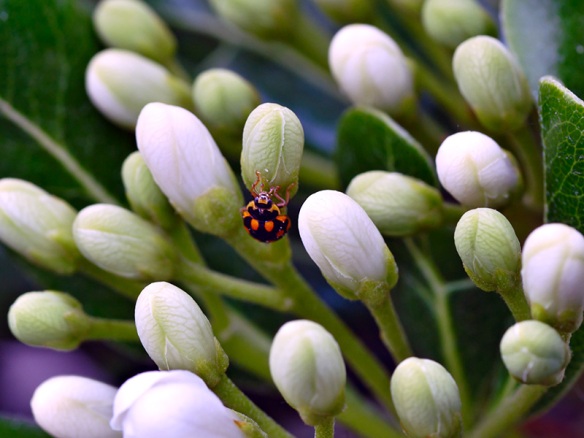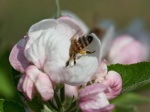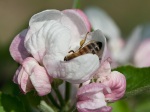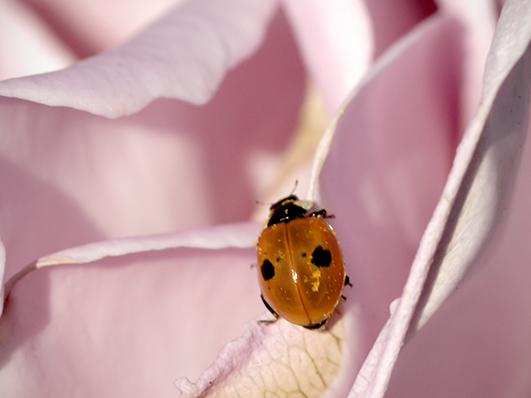
The harlequin ladybird (Harmonia axyridis) is also known as Multicoloured Asian Ladybird and as the Halloween Ladybird.
He/she is a native of eastern Asia, occurring from central Siberia, Kazakhstan and Tashkent eastwards through Russia to the Pacific coast, Korea and Japan and south to Mongolia, China, and Taiwan and up into the Himalayas.
This ladybird has a very variable appearance which can make it really difficult to identify.
The elytra (wing-case, commonly called “wings”) may be any color from pale yellow-orange to red and black. The number of spots is highly variable from 2 to 21. Instead of regular, round spots there may be a grid pattern the form of which may vary a lot.
The harlequin ladybird was introduced to North America in 1988, where it is now the most widespread ladybird species on the continent. Already much of Europe, Italy included, has been invaded. This species was introduced in the beginning as a biological control agent against aphid and scale infestations in greenhouses, crops and gardens but now the Harlequin ladybirds seriously affect native ladybird species and that is NOT a good thing.
I shot the photo of the buds of a Japanese cheeswood, also called Japanese carb orange (Pittosporum tibia) a few days ago here in Figline Valdarno, Tuscany, Italy. The cute ladybug feeding on the aphids infesting the shrub, seems to be one of the invaders and sports beautiful black elytra with 15 red spots.
43.618598
11.475315








